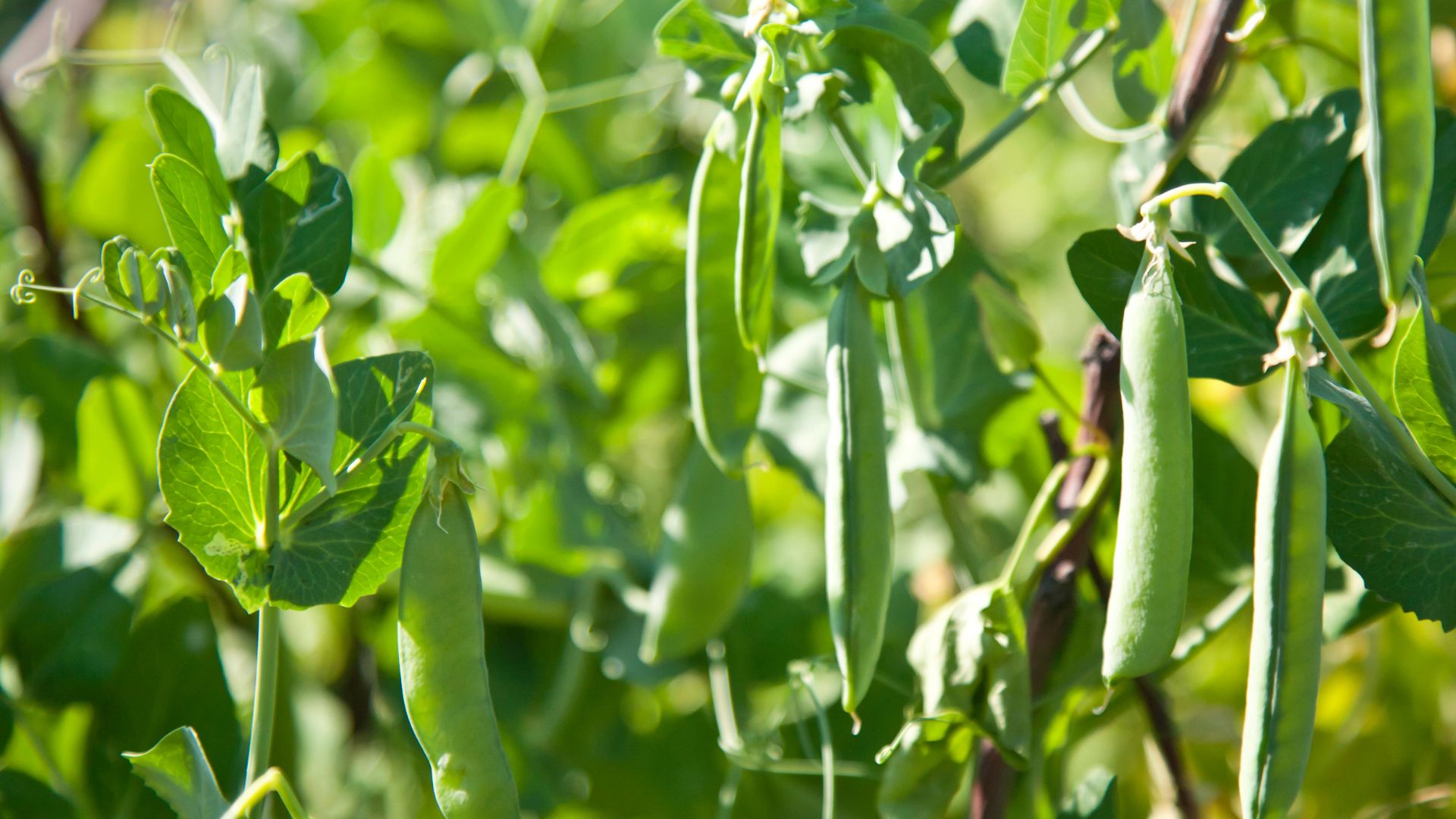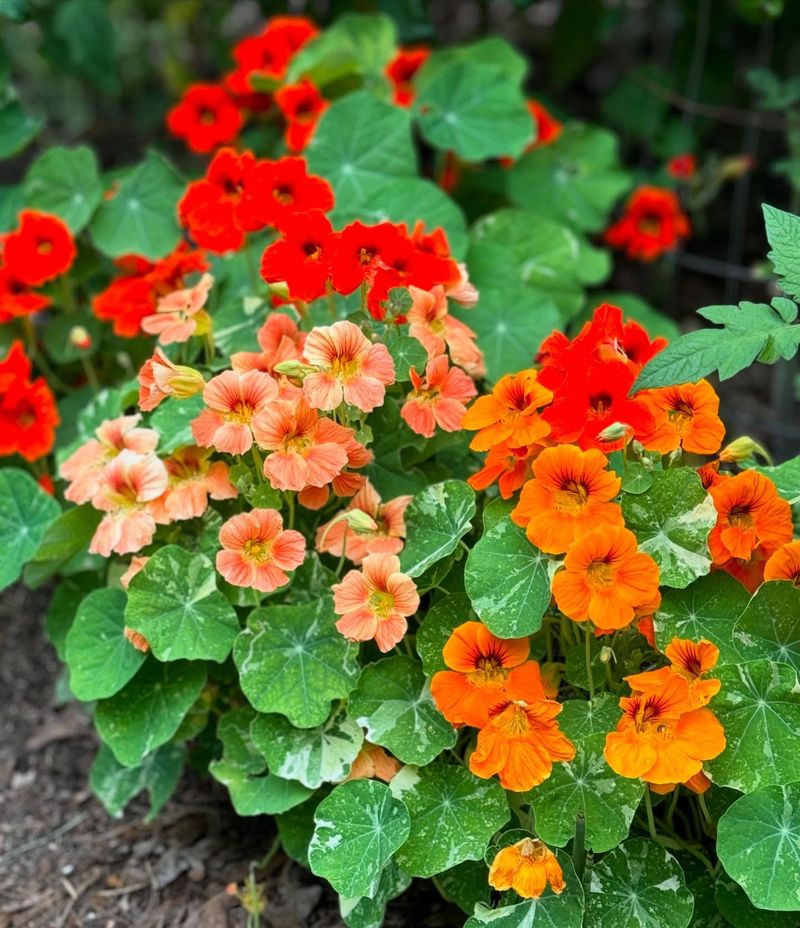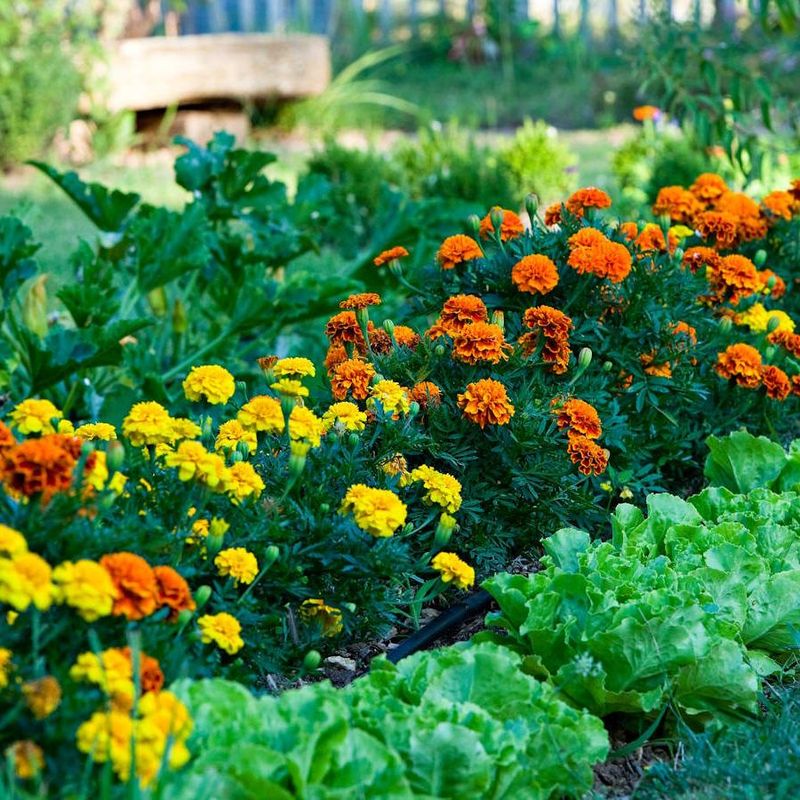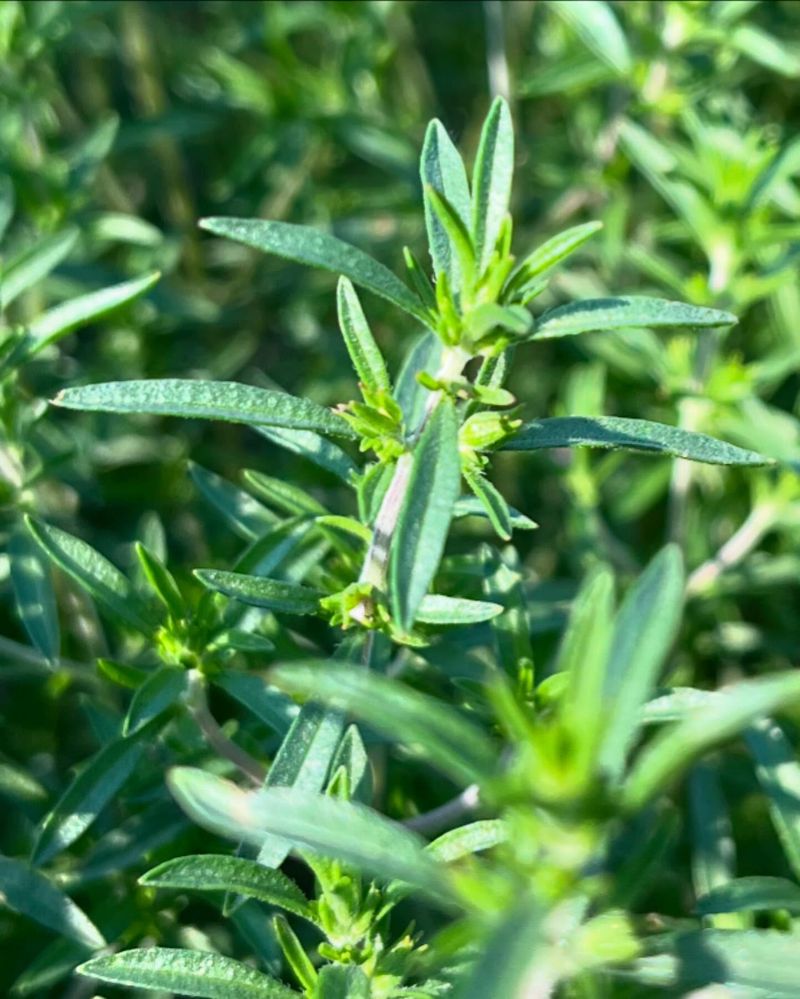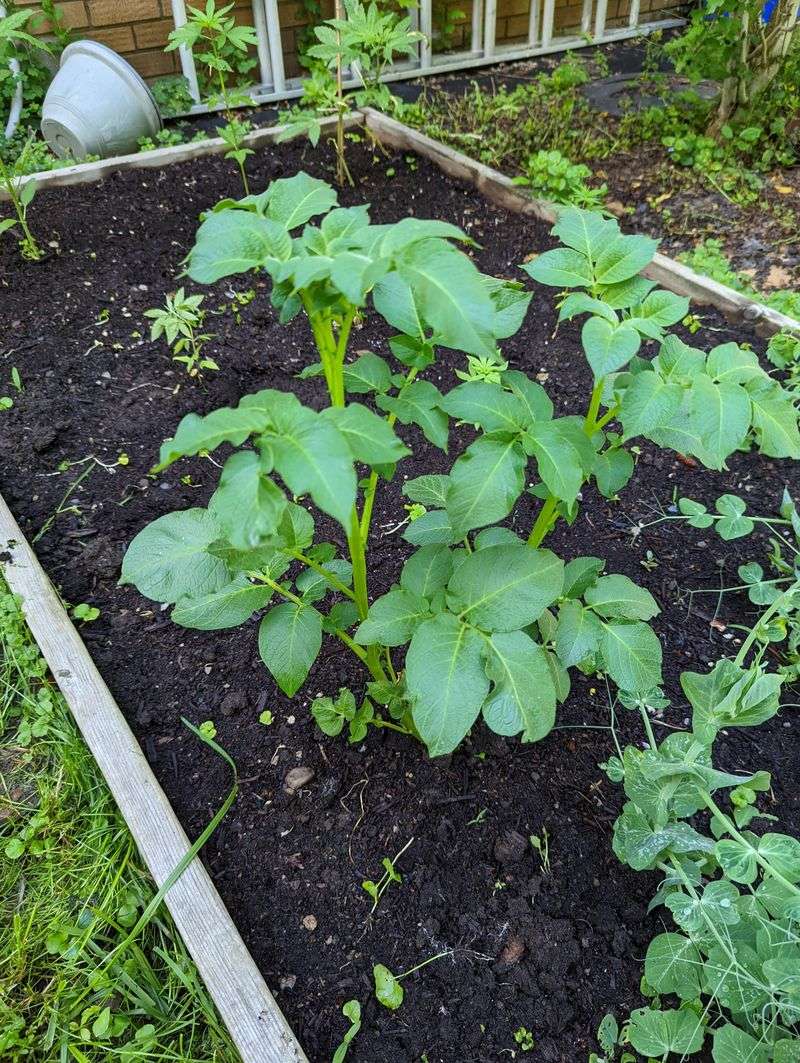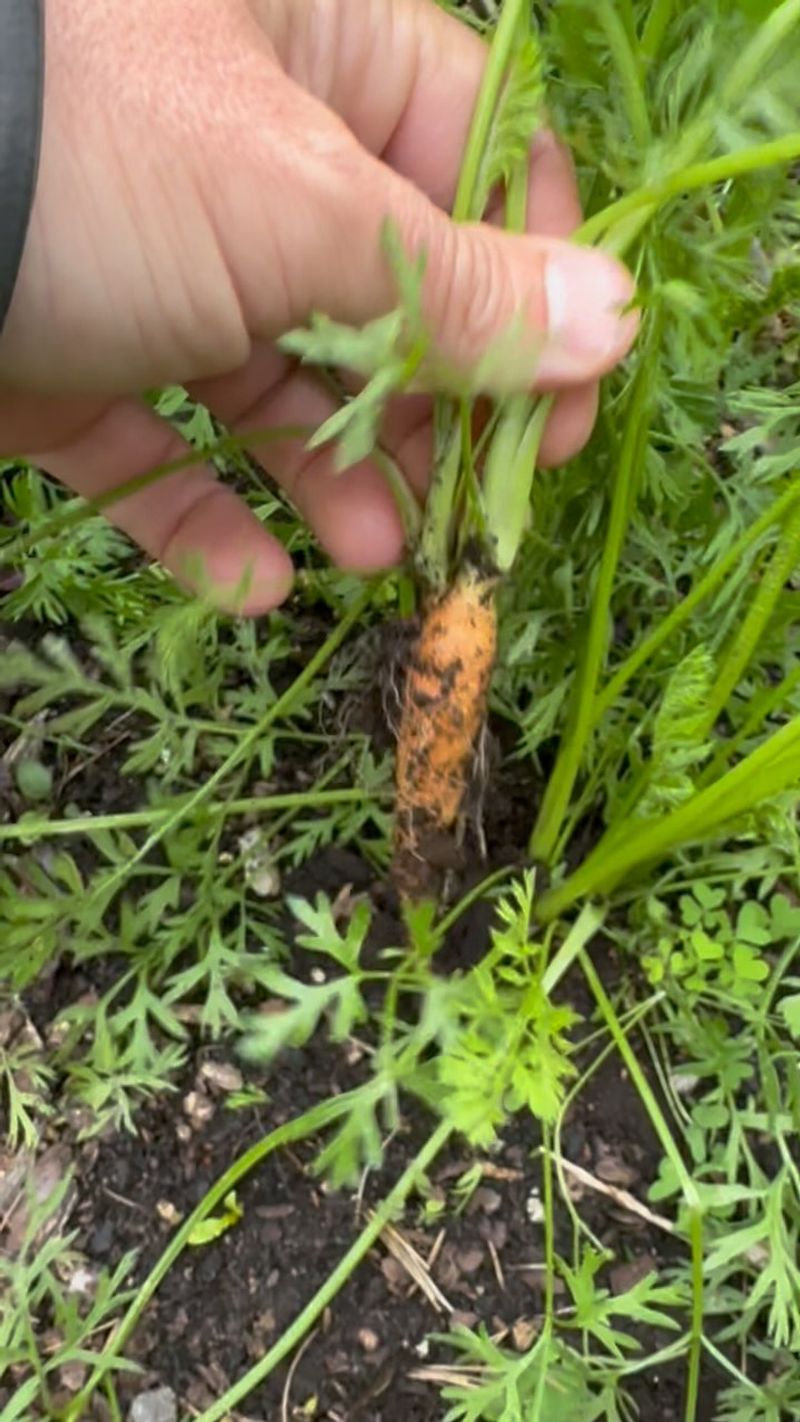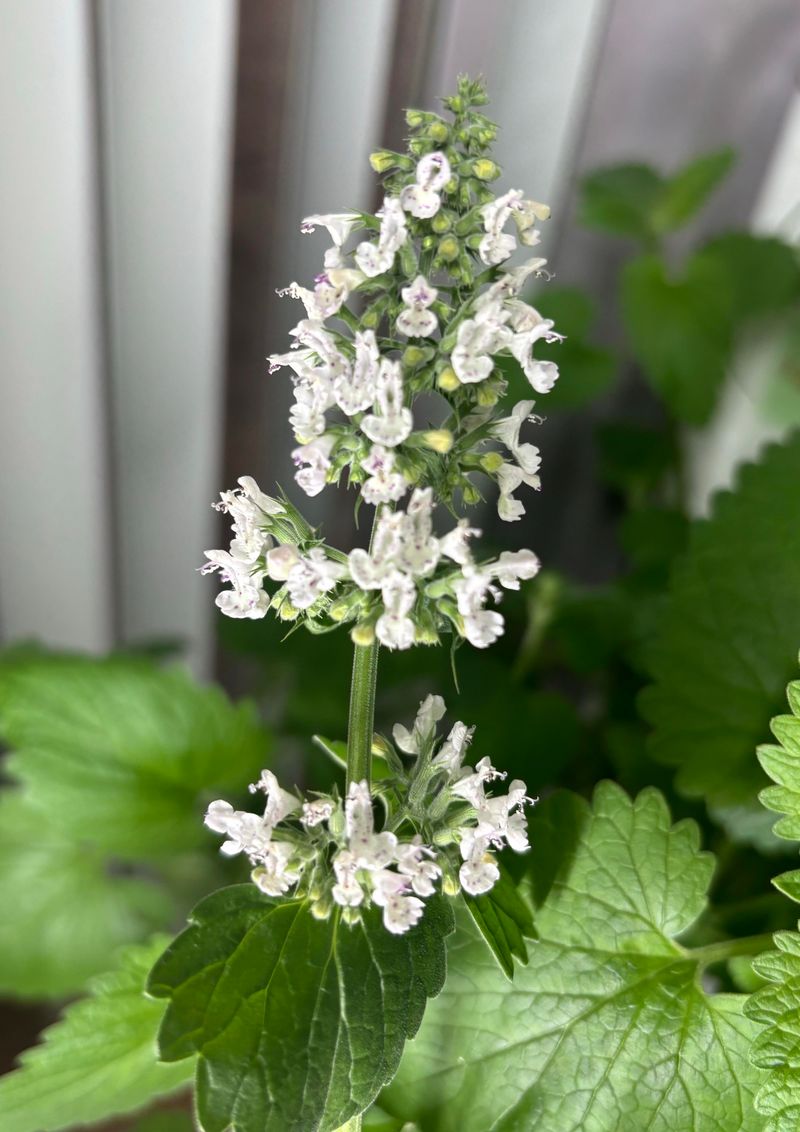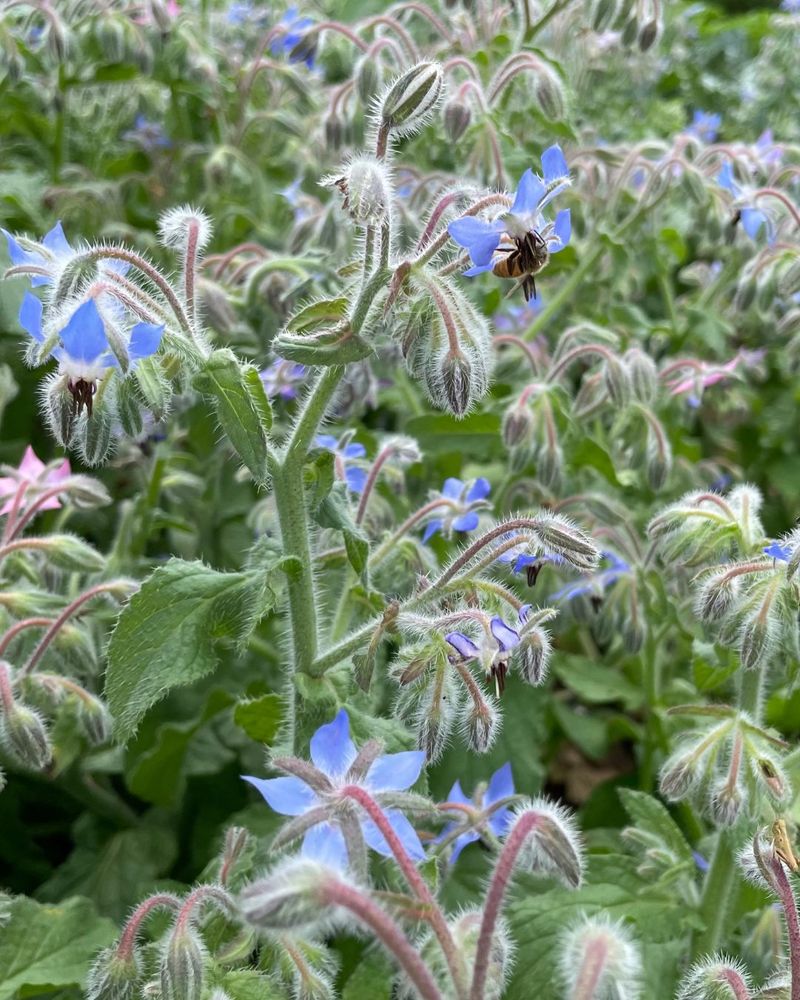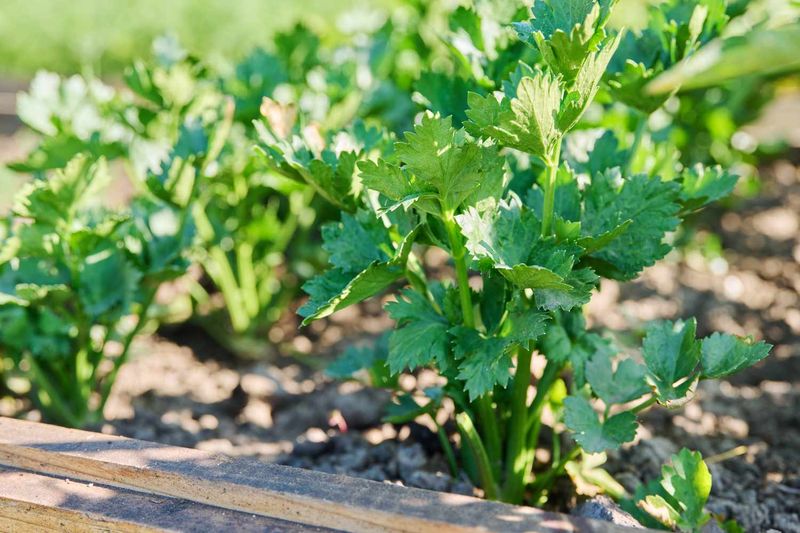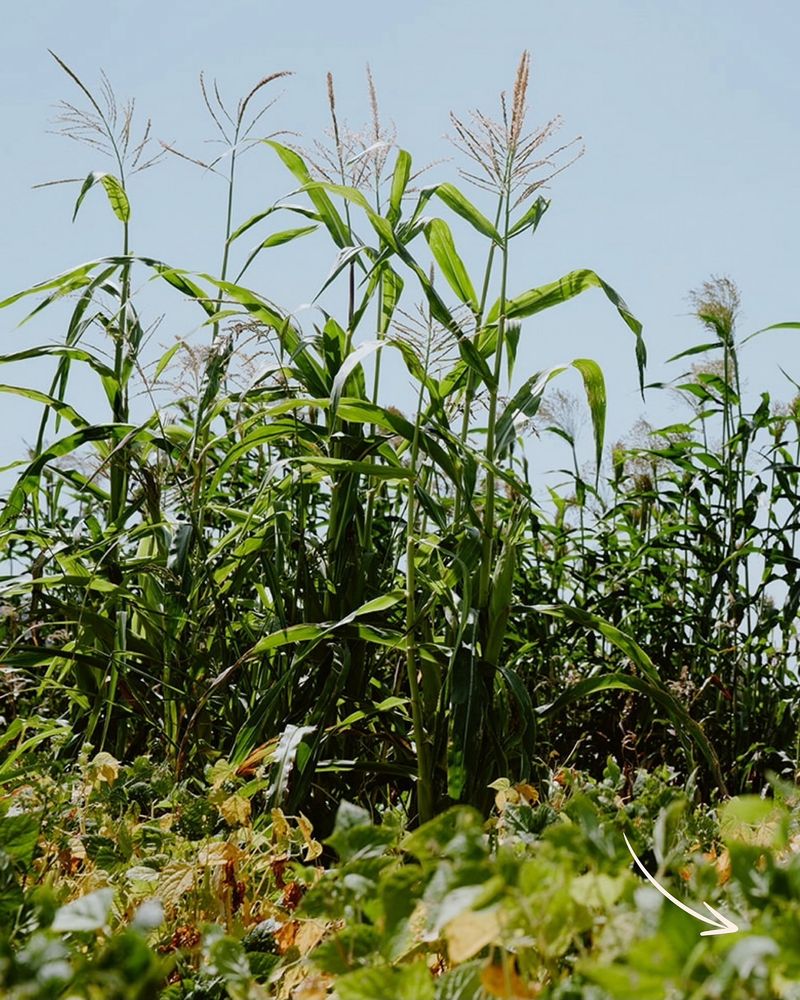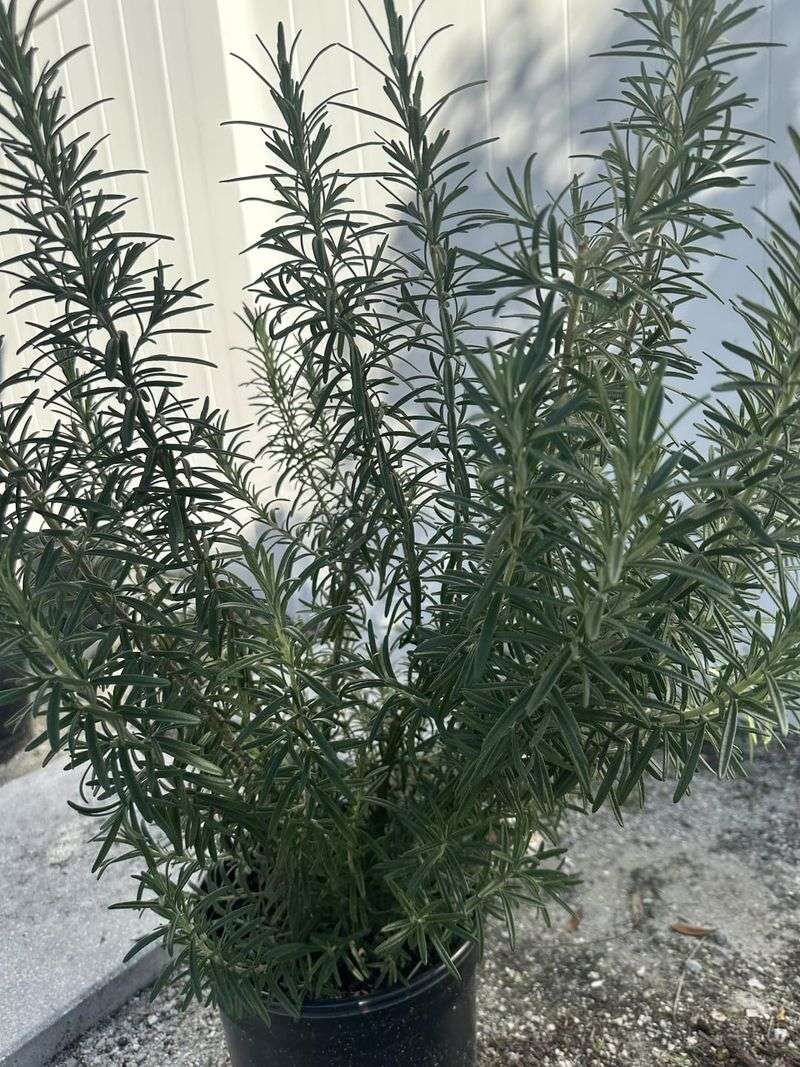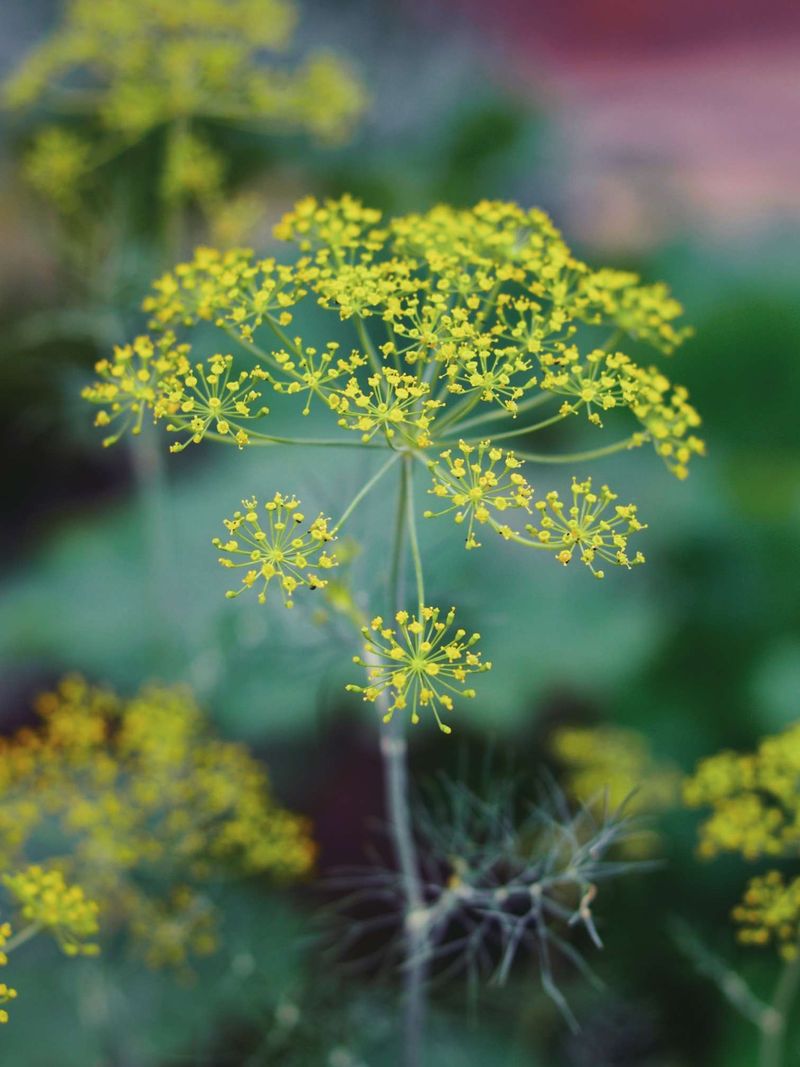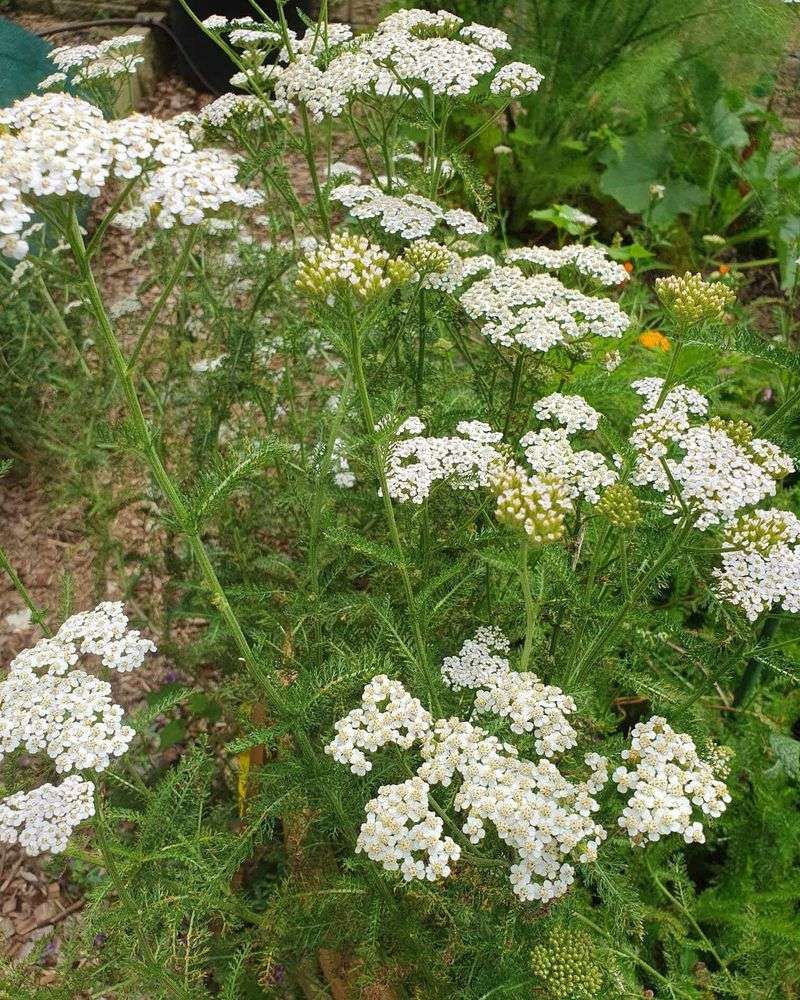Growing beans in my garden has taught me that some plants just naturally help each other thrive. I’ve watched my bean harvests double simply by strategically placing certain plants nearby – no extra work required.
My first season with beans was disappointing until I started experimenting with companion planting. The difference was remarkable: healthier plants, fewer pests, and beans that kept producing longer into the season.
I never expected nasturtiums to transform my bean patch, but after planting them alongside my pole beans, I noticed fewer aphids and stronger growth. Now I wouldn’t dream of growing beans without their helpful neighbors.
1. Nasturtiums
Bright orange and yellow nasturtiums act as sacrifice plants for your beans. Aphids absolutely love them, which means these pests will flock to nasturtiums instead of your precious bean plants.
Plant them around the perimeter of your bean patch as a living pest trap. Their shallow root system won’t compete with your beans for nutrients.
Beyond pest management, nasturtium flowers are edible with a peppery kick similar to watercress. Sprinkle them on summer salads for a splash of color and flavor that complements your fresh-picked beans.
2. Marigolds
Nothing beats marigolds for natural pest control in a bean patch. Their strong scent confuses bean beetles and other hungry insects that might otherwise feast on your crop.
French marigolds work especially well because they release compounds into the soil that deter nematodes – microscopic worms that can damage bean roots. I’ve found planting them every two feet creates the perfect protective barrier.
As a bonus, their cheerful orange and yellow blooms make the garden more beautiful while working their magic underground. Just avoid the large African varieties that might shade your beans too much.
3. Summer Savory
Often called the bean herb, summer savory has earned its reputation as the perfect bean companion. Many gardeners swear it actually improves the flavor of beans when planted nearby.
My experience shows it definitely repels bean beetles – those pesky insects that can skeletonize leaves overnight. The herb’s aromatic oils mask the scent of your beans, making them harder for pests to locate.
Summer savory also attracts beneficial pollinators to your garden. Harvest some when you pick your beans and cook them together – they’re traditional partners in European cuisine for good reason!
4. Potatoes
Contrary to what you might expect, potatoes and beans make excellent garden neighbors. The relationship works because beans fix nitrogen in the soil – exactly what hungry potatoes need for strong growth.
Plant your potatoes first, then add beans when potato plants are about 6 inches tall. Your potatoes will benefit from the nitrogen boost while your beans get some early shade protection.
Just remember to keep some space between them so you can harvest potatoes without disturbing bean roots. This partnership has consistently given me bigger yields of both crops with the same garden space.
5. Carrots
Carrots and beans form a perfect underground partnership. Their root systems develop at different depths, which means they won’t compete for space or nutrients beneath the soil.
While your beans work to fix nitrogen from the air into the soil, your carrots benefit from this natural fertilizer. The tall bean plants also provide light shade that keeps carrot tops from getting too hot in summer heat.
My favorite approach is to sow carrot seeds between bush bean rows. By the time the carrots need more space, I’m usually harvesting the first beans, creating a perfect timing harmony in the garden bed.
6. Radishes
Quick-growing radishes make perfect partners for slower-developing beans. I scatter radish seeds around newly planted beans to mark rows and harvest them long before beans need the space.
Radishes also confuse bean pests with their pungent scent and can break up compacted soil with their fast-growing roots. This creates channels for water and air to reach bean roots more effectively.
For an added benefit, let a few radish plants flower after harvest. Their blossoms attract beneficial insects that pollinate beans and hunt pests. This simple trick has dramatically reduced pest problems in my garden beds.
7. Cucumbers
Cucumbers and beans share similar growing conditions but feed differently, making them ideal garden companions. While beans pull nitrogen from the air, cucumbers are heavy nitrogen feeders, creating a beneficial exchange right in your garden bed.
Try growing pole beans and cucumbers on the same trellis for space efficiency. The beans will climb straight up while cucumbers tend to spread outward, minimizing competition.
Last summer, my cucumber-bean trellis was the most productive spot in my garden. The dense foliage created a microclimate that protected both plants from harsh sun and extreme temperature swings.
8. Catnip
Catnip might attract your feline friends, but it repels Japanese beetles – one of the most destructive pests for bean plants. The strong-smelling essential oils in catnip leaves act as a natural deterrent.
Plant catnip at the corners of your bean patch rather than directly alongside beans. This strategic placement creates a protective perimeter while preventing the somewhat aggressive herb from overtaking your beans.
Beyond pest control, catnip flowers attract beneficial pollinators that help improve bean production. Just be prepared for neighborhood cats to visit – I’ve found surrounding catnip with small decorative stones helps prevent cats from rolling directly on the plants.
9. Borage
The star-shaped blue flowers of borage make it more than just a pretty face in the bean patch. This herb attracts beneficial insects like bees and predatory wasps that both pollinate beans and hunt pests.
Borage’s deep taproot brings up nutrients from lower soil layers, making them available to your more shallow-rooted beans. When borage leaves decompose, they add valuable trace minerals to the soil.
My beans always seem more resilient to drought when grown near borage. The herb’s hairy leaves trap morning dew and reduce evaporation, creating a slightly more humid microclimate that beans love. The edible flowers also make beautiful garnishes for summer meals.
10. Celery
This one might seem like an unlikely ally for beans, but this pairing works wonders in my garden. The strong scent of celery confuses and repels bean beetles, while beans provide nitrogen that celery needs for lush growth.
Both plants appreciate consistent moisture, creating a mutually beneficial growing environment. Their different root structures mean they don’t compete underground – celery roots stay relatively shallow while bean roots can extend deeper.
For the best results, I plant celery between bush bean plants rather than pole beans to prevent shading. The celery stalks grow taller as the bush beans begin to fade, maximizing garden space through the entire growing season.
11. Corn
Corn and beans form two-thirds of the famous Native American “Three Sisters” planting technique. Tall corn stalks provide natural trellises for pole beans to climb, eliminating the need for artificial supports.
As beans grow, they fix nitrogen from the air into the soil, feeding hungry corn plants. This natural fertilization system has worked for centuries before commercial fertilizers existed.
Start by planting corn first, then add bean seeds when corn reaches about 6 inches tall. I’ve found this gives corn the head start it needs. The beans will quickly catch up, and you’ll harvest both crops from the same garden space with less work and higher yields.
12. Rosemary
Aromatic rosemary creates a protective barrier around bean plants with its strong-scented oils that confuse and repel many common bean pests. Beetles and aphids particularly dislike the piney fragrance.
Plant rosemary on the south side of your bean patch where it won’t shade the sun-loving beans. The woody herb also creates a windbreak that protects tender bean seedlings from damage during spring storms.
Unlike many companion plants, drought-tolerant rosemary won’t compete with beans for water. I’ve noticed fewer disease problems in my beans since adding rosemary nearby – its antimicrobial properties seem to create a healthier growing environment throughout the garden bed.
13. Calendula
Bright orange calendula flowers act as living pest detectors in the bean patch. Aphids and whiteflies attack calendula first, giving you early warning before they move to your beans.
Beyond being a sacrifice plant, calendula attracts hoverflies whose larvae devour aphids by the hundreds. The flowers also release compounds into the soil that suppress harmful nematodes that could damage bean roots.
Last year, I scattered calendula seeds throughout my bean rows and noticed far fewer pest problems than previous seasons. As a bonus, the cheerful flowers can be harvested for herbal teas and natural dyes while they’re protecting your bean crop.
14. Dill
Feathery dill attracts beneficial insects that prey on bean pests. Its umbrella-shaped flower clusters are perfect landing pads for tiny parasitic wasps that lay eggs on aphids and caterpillars.
Allow some dill to flower near your beans, but not too close – dill can inhibit bean growth if planted directly alongside. I keep dill about three feet from my bean rows for pest control benefits without competition.
The timing works perfectly: dill reaches its flowering stage just when bean plants need the most protection from pests. As an added benefit, you’ll have fresh dill for pickling all those extra beans you’ll harvest thanks to this beneficial partnership!
15. Yarrow
This might be my secret weapon for bean success. This medicinal herb attracts an army of beneficial predatory insects like ladybugs, lacewings, and parasitic wasps that keep bean pests in check naturally.
The deep taproots of yarrow mine nutrients from subsoil layers that beans can’t reach. When you trim yarrow and use the cuttings as mulch around beans, these nutrients become available to your crop.
Plant yarrow at the corners of your bean patch where its flat-topped white flower clusters can act as insect landing pads. Just one yarrow plant attracts enough beneficial insects to protect several rows of beans from common pests.

